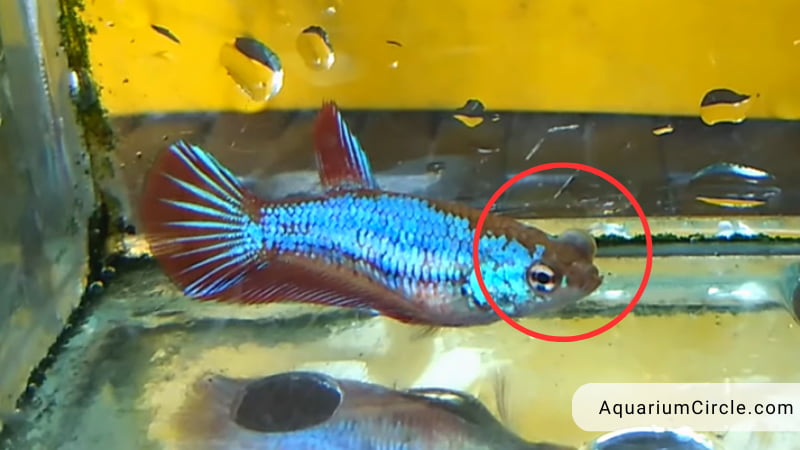Betta fish, known for their vibrant colors and mesmerizing fins, are a popular choice for home aquarium enthusiasts. As a responsible Betta fish owner, it’s essential to be aware of common health issues that can impact your aquatic pet’s well-being. One such condition is Betta Popeye, an uncomfortable swelling of the eye(s) that can be both alarming and potentially dangerous if left untreated. In this blog post, we’ll delve into the details of Betta Popeye, its causes, symptoms, and prevention methods, as well as guide you through effective treatment strategies. With proper care and attention, you can ensure your Betta fish stays healthy and happy in its aquatic home.
See also:
- Clamped Fins Betta – 5 Truths Keep You Calm To Deal With It
- Swim Bladder Disease Betta – Betta Care To Be Aware Of
- Battling Betta Fish Fin Rot: Symptoms, Causes And How To Cure Betta Fin Rot
What Is Betta Popeye?
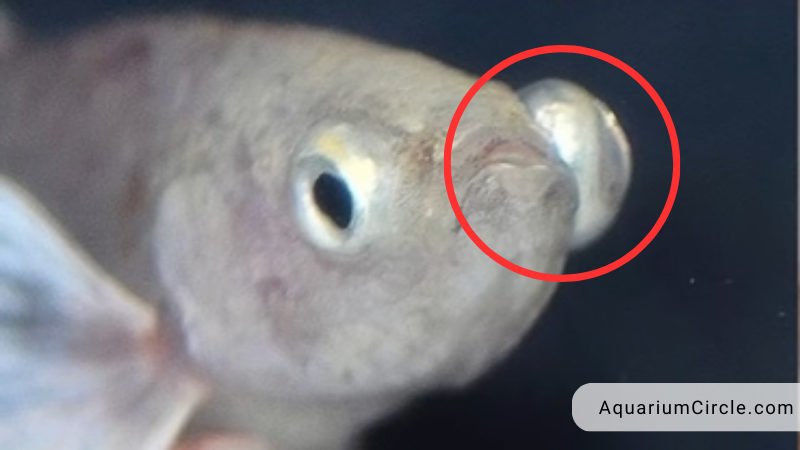
Betta Popeye, also known as exophthalmia, is a health condition that affects Betta fish, causing their eye(s) to become swollen and protrude from the socket. This uncomfortable ailment is usually a result of bacterial infections, poor water quality, or caused by an injury. When left untreated, Betta Popeye can lead to vision loss or other complications for your fish. It’s essential to identify and address this condition early on to ensure the best possible outcome for your Betta fish’s health and well-being.
What Causes Popeye In Betta Fish?
It can be challenging to pinpoint the one cause of Popeye, which has numerous possible origins, for your betta’s condition. Choosing the best treatment can be challenging without a clear diagnosis of the condition’s underlying cause.
First of all, Popeye can have an impact on one or both of your pet’s eyes.
- Unilateral Popeye refers to a case of Popeye where only one eye of the Betta fish is affected by the swelling and inflammation. This type of Popeye can be caused by either infectious or non-infectious factors, such as bacterial or parasitic infections, physical injuries, or underlying health issues.
- Bilateral Popeye is a condition where both eyes of the Betta fish are affected by swelling and inflammation. Like unilateral Popeye, bilateral Popeye can be caused by infectious or non-infectious factors. However, when both eyes are affected simultaneously, it may be more likely that the cause is related to poor water quality or a systemic infection rather than localized physical injury.
Secondly, there are two primary types of Betta Popeye, and each is caused by different factors:
- Infectious Betta Popeye: This type of Popeye is caused by bacterial or parasitic infections. When harmful microorganisms infiltrate the eye socket, they can lead to inflammation and swelling. In most cases, bacterial infections from Aeromonas or Pseudomonas species are responsible for this type of Popeye. However, parasitic infections, such as those caused by protozoa, can also contribute to the condition. Poor water quality, overcrowding, and stress can make Betta fish more susceptible to infectious Popeye.
- Non-infectious Betta Popeye: This form of Popeye is not directly caused by infections but is instead the result of physical injuries, trauma, or underlying health issues. Fights with other fish, sharp tank decorations, or rough handling can cause physical damage to the eye, leading to swelling and inflammation. Non-infectious Popeye can also be a symptom of an underlying health issue, such as a tumor or kidney problem, which can cause fluid retention around the eye.
Symptoms Of Popeye In Betta Fish
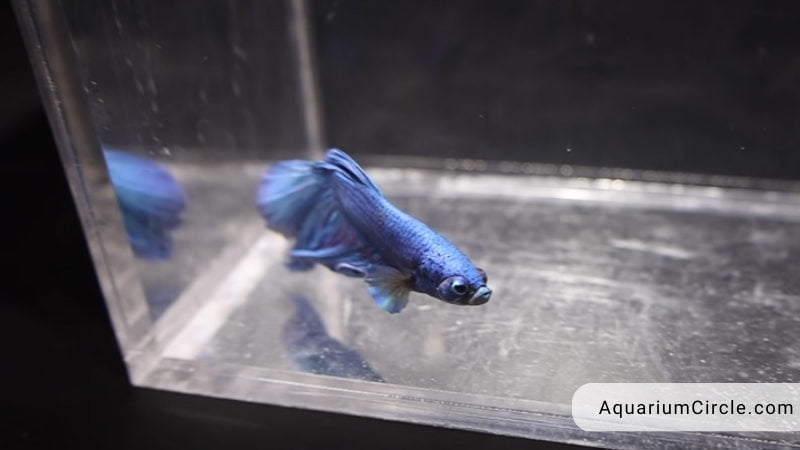
Recognizing the symptoms of Betta Popeye is essential for early detection and treatment.
The most noticeable symptom of Betta Popeye is the swelling and protrusion of one or both eyes. The affected eye may appear significantly larger than usual and may bulge out from the socket. In some cases, the affected eye(s) may become cloudy, hazy, or discolored, indicating an infection or inflammation in the eye.
Betta fish suffering from Popeye may exhibit changes in behavior, such as lethargy, reduced appetite, or difficulty swimming. The Betta fish may also be more inclined to hide or avoid light, as the condition can cause discomfort and affect their vision. In some instances, you might observe excess mucus around the affected eye(s), which can be an indication of an infection or an attempt by the fish to protect the eye from further irritation. The area surrounding the affected eye(s) may also appear red or inflamed, indicating irritation or infection.
If you notice any of these symptoms in your Betta fish, it’s essential to take action promptly. Early detection and treatment can greatly improve the chances of a full recovery and prevent further complications. Consult a veterinarian or fish expert for guidance on the best course of treatment for your fish.
How Betta Popeye affects the fish’s overall health?
Betta Popeye can have a significant impact on a fish’s overall health and well-being. The swelling and discomfort caused by the condition can lead to several issues, including:
- Vision impairment: The swelling and cloudiness in the affected eye(s) can obstruct the fish’s vision, making it difficult for them to navigate their environment, locate food, and avoid potential threats or obstacles.
- Stress: Betta fish with Popeye may experience increased stress due to the discomfort and vision impairment. Stress can weaken the fish’s immune system, making them more susceptible to further infections and health issues.
- Loss of appetite: The pain and discomfort associated with Popeye can cause a decrease in appetite, which can lead to weight loss and a weakened immune system. Inadequate nutrition can make it more difficult for the fish to fight off infections and recover from the condition.
- Secondary infections: If the cause of Popeye is an infection, there’s a risk that the infection can spread to other parts of the fish’s body or to other fish in the tank. This can lead to additional health problems and complications.
- Permanent damage: If left untreated or not addressed promptly, Betta Popeye can cause permanent damage to the fish’s eye(s), potentially leading to vision loss or even the loss of the affected eye(s).
Given the potential impact of Popeye disease on a fish’s overall health, it’s crucial to address the condition as soon as possible. Early detection and treatment can minimize the risk of long-term health issues and improve the fish’s chances of making a full recovery.
How To Treat Popeye In Bettas?
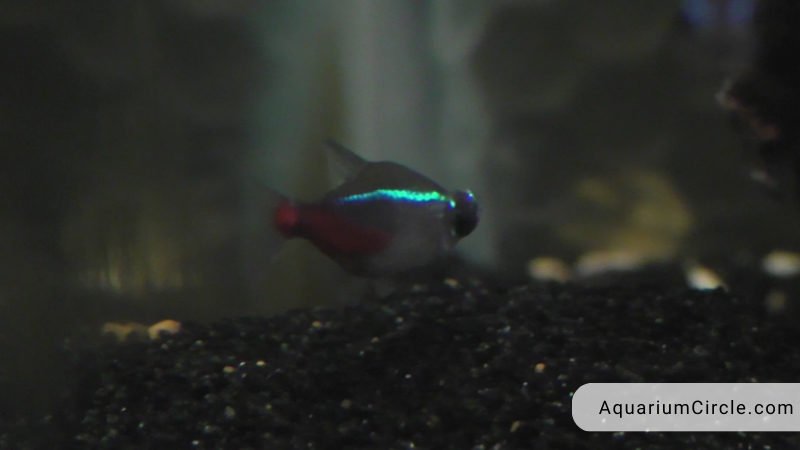
Treating Betta Popeye involves a combination of targeted medication and supportive care to help your fish recover. Here are the key steps to address this condition:
- Identifying and isolating the affected fish: Once you notice the symptoms of Popeye, isolate the affected fish in a separate quarantine tank. This will allow you to administer the proper medication dosage and prevent the spread of infection to other fish in the main tank.
- Antibiotic treatments: Depending on the cause leading to Popeye, particularly if it’s due to a bacterial infection, your veterinarian or fish expert may recommend using antibiotics. Common antibiotics used to treat Popeye include: Erythromycin, Kanamycin, Tetracycline. Always follow the instructions provided by your veterinarian or the medication’s packaging to ensure proper dosage and duration of treatment.
- Supportive care: While administering antibiotics, it’s essential to provide supportive care for your Betta fish to help them recover more effectively. This includes: a. Water changes and water quality monitoring: Perform regular water changes in the quarantine tank and maintain ideal water parameters (e.g., temperature, pH, ammonia, nitrite, and nitrate levels) to reduce stress and create a healthy environment for recovery. b. Stress reduction techniques: Minimize stress by providing a quiet environment, reducing exposure to bright light, and ensuring the quarantine tank is appropriately decorated with hiding spots for your fish.
- Monitoring for improvement and seeking professional advice: Keep a close eye on your Betta fish during treatment, watching for signs of improvement or any worsening of the condition. If your fish does not show any signs of recovery within a few days to a week, consult a veterinarian or fish expert for further guidance.
Remember that early detection and prompt cure Popeye in Betta fish are key to improving your Betta fish’s chances of making a full recovery from this condition.
What Can We Do To Prevent Popeye In Betta Fish?
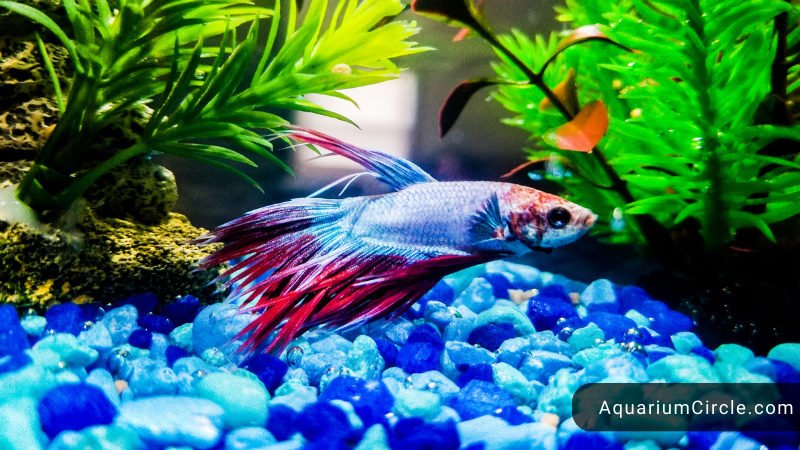
To prevent future occurrences of Betta Popeye, it’s crucial to maintain a healthy environment for your fish and address any underlying issues that may have contributed to the condition. Here are some steps to take for future prevention:
- Maintain water quality: Perform regular water changes and test the water parameters (ammonia, nitrite, nitrate, pH, and temperature) to ensure optimal water quality. Proper filtration system and aeration are also essential for maintaining a healthy tank environment.
- Provide a balanced diet: Feed your Betta fish a high-quality, varied diet to ensure they receive the necessary nutrients to support their immune system and overall health.
- Reduce stress: Minimize stressors in your fish’s environment by providing appropriate tank decorations, hiding spots, and avoiding overcrowded conditions. Ensure that tank mates are compatible and not aggressive towards your Betta fish.
- Monitor for signs of illness: Regularly observe your Betta fish for any signs of illness or changes in behavior. Early detection and prompt intervention can prevent more severe health issues.
- Keep a clean and safe fish tank: Clean your tank regularly and remove any debris, uneaten food, or waste. Check the tank decorations and equipment for sharp edges or hazards that could potentially injure your fish.
By following these guidelines, you can significantly reduce the risk of Betta Popeye and other health issues, ensuring your Betta fish lives a long, healthy life in its aquatic home.
See also: Betta Fish Plants: 17 Best Plants For Betta Fish
Video About Betta Popeye
FAQs
Is Betta Popeye contagious?
While the underlying bacterial infection can be contagious, the condition itself is not. However, it’s essential to maintain good water quality and hygiene to prevent the spread of infection to other fish.
How long does it take for a Betta fish to recover from Popeye?
Recovery time may vary depending on the severity of the condition and the effectiveness of the treatment. It can take anywhere from a few days to several weeks for a Betta fish to recover fully.
Can both eyes be affected by Popeye?
Yes, Betta Popeye can affect one or both eyes of the fish.
How do I know if my Betta fish has Popeye or just a naturally large eye?
Popeye is characterized by sudden swelling and inflammation, often accompanied by cloudiness or discoloration. If you’re unsure, compare your fish’s eye(s) to pictures of healthy Bettas and monitor for any changes.
Are there any home remedies for treating Betta Popeye?
While some people suggest using aquarium salt such as Epsom salt bath, or Indian almond leaves, it’s crucial to consult with a veterinarian or fish expert to determine the most effective and safe treatment for your Betta fish. Antibiotics are typically the best course of action.
References

Annette M. Chaney is an experienced marine biologist with over 20 years of experience as an aquarist and fishkeeper. She started her first aquarium at a young age, filling it with frogs and goldfish obtained from the ten-cent pet store.
Annette grew up caring for and breeding African Cichlids, which led to a hobby in high school that doubled as a profitable means. Attending Reed College gave her time to solidify herself as an accomplished aquarium caretaker with an eye for sales. After that, from 2009 – 2013, she studied at Roger Williams University – one of the most prestigious universities for Aquaculture and Aquarium in USA. She is the founder of AquariumCircle since 2010.
